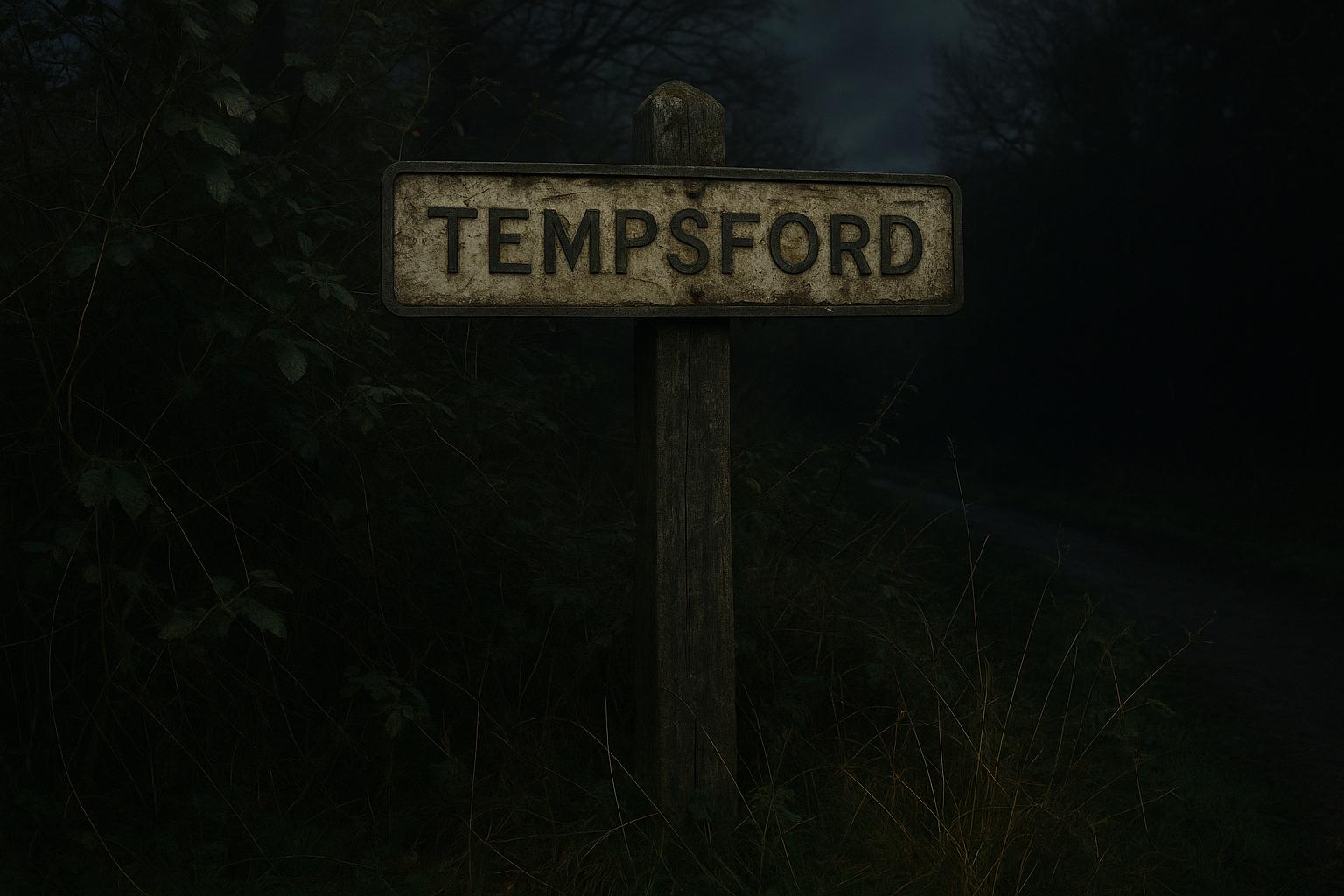A rural village in Bedfordshire, Tempsford, faces a looming transformation that has ignited concern and frustration among its residents, as the UK Government advances plans to build a new town potentially housing up to 350,000 people. Housing Secretary Steve Reed is set to announce the commencement of construction on three new towns—Tempsford, Leeds South Bank, and Crews Hill—before the next general election, as part of a broader initiative to alleviate the national housing crisis by building 1.5 million homes over the next five years.
Tempsford, a village of 600 residents with around 300 houses, is notably ill-prepared for such a huge expansion. David Sutton, chair of the parish council and landlord of the local Wheatsheaf pub—the only business open daily in the village—voiced the community’s exasperation at being left in the dark. “Nobody’s come to talk to us at all," Sutton told the PA news agency. The villagers are deeply uncertain about what the future holds, with widely varying rumours about the scale of development—from around 10,000 homes to as many as 125,000—yet no official details. Sutton acknowledged some support for "sustainable development" but highlighted major existing challenges, including a lack of basic infrastructure such as phone signal, shops, gas supply, and schools. Flooding is an annual crisis, with residents regularly facing sewage flooding in their homes, especially during Christmas, underscoring the urgent need for infrastructure improvements before development proceeds.
The challenge of accommodating a large new settlement in an area with such pressing environmental and infrastructure issues was further underscored by reports that Tempsford is a flooding hotspot, raising questions about the wisdom of site selection for a major new town. The village’s recurring sewage problems tied to flooding have been noted by The Telegraph, prompting concerns about the suitability of such a location for significant urban expansion.
The government’s broader vision includes establishing a “new towns unit” designed to attract both public and private investment into essential amenities such as transport links, GP surgeries, schools, and green spaces—commitments that local leaders like Sutton say feel hollow without meaningful dialogue. “If they’re not even talking to us at all, how can we be sure that when they’re promising they’re going to build stuff, how do we know they even know what we need?” Sutton remarked.
Tempsford’s historical and cultural significance adds another layer of complexity. The village’s historic RAF Tempsford airfield—once a secretive World War II base from which many of Britain’s spies embarked on missions in Nazi-occupied Europe—is threatened by the development. Adam Hart, a historian whose great-grandfather served at RAF Tempsford, warned that building over the airfield would mean “losing a unique piece of British history.” He stressed the importance of preserving this heritage to maintain public engagement with the Second World War, particularly poignant given the current conflict in Europe. Hart, a London resident and young person struggling with housing costs, also qualified his concern by recognising the need for additional homes but urged for a balance that respects history.
The push for new towns aligns with Labour’s commitment, articulated by deputy leader Angela Rayner, to accelerate housing development and expand homeownership. Labour’s manifesto highlights the importance of including local voices in the planning process, yet at Tempsford, this engagement appears sorely lacking. Nationally, the New Towns Taskforce has selected 12 locations—including sites in Cheshire, Manchester, Gloucestershire, Oxfordshire, Plymouth, and London—each projected to have at least 10,000 homes, potentially amounting to 300,000 new houses across England.
A report from the think tank UK DayOne positioned Tempsford as an ideal site for a new city due to its strategic connectivity, sitting at the junction of the East Coast Main Line and the planned East-West Rail line. However, residents argue that transforming a small village into a “megacity” would irrevocably alter their community’s character and strain already limited local resources.
Local MP Richard Fuller has engaged with the parish council chair, acknowledging the potential for growth around the new train station planned for Tempsford. Fuller emphasised the necessity for careful and sustainable planning, with genuine community consultation to ensure the development meets the needs of existing and future residents.
As the government moves forward with its ambitious new towns agenda, Tempsford stands as a microcosm of the tensions between the urgent national need for housing and the preservation of local communities and heritage. Without open communication and addressing critical local issues like flooding and infrastructure deficiencies, the promise of development risks becoming a source of division rather than progress.
📌 Reference Map:
- Paragraph 1 – [1], [5]
- Paragraph 2 – [1], [2], [7]
- Paragraph 3 – [6]
- Paragraph 4 – [1], [2]
- Paragraph 5 – [1]
- Paragraph 6 – [1]
- Paragraph 7 – [1], [4]
- Paragraph 8 – [3], [7]
- Paragraph 9 – [1], [5], [7]
Source: Noah Wire Services
